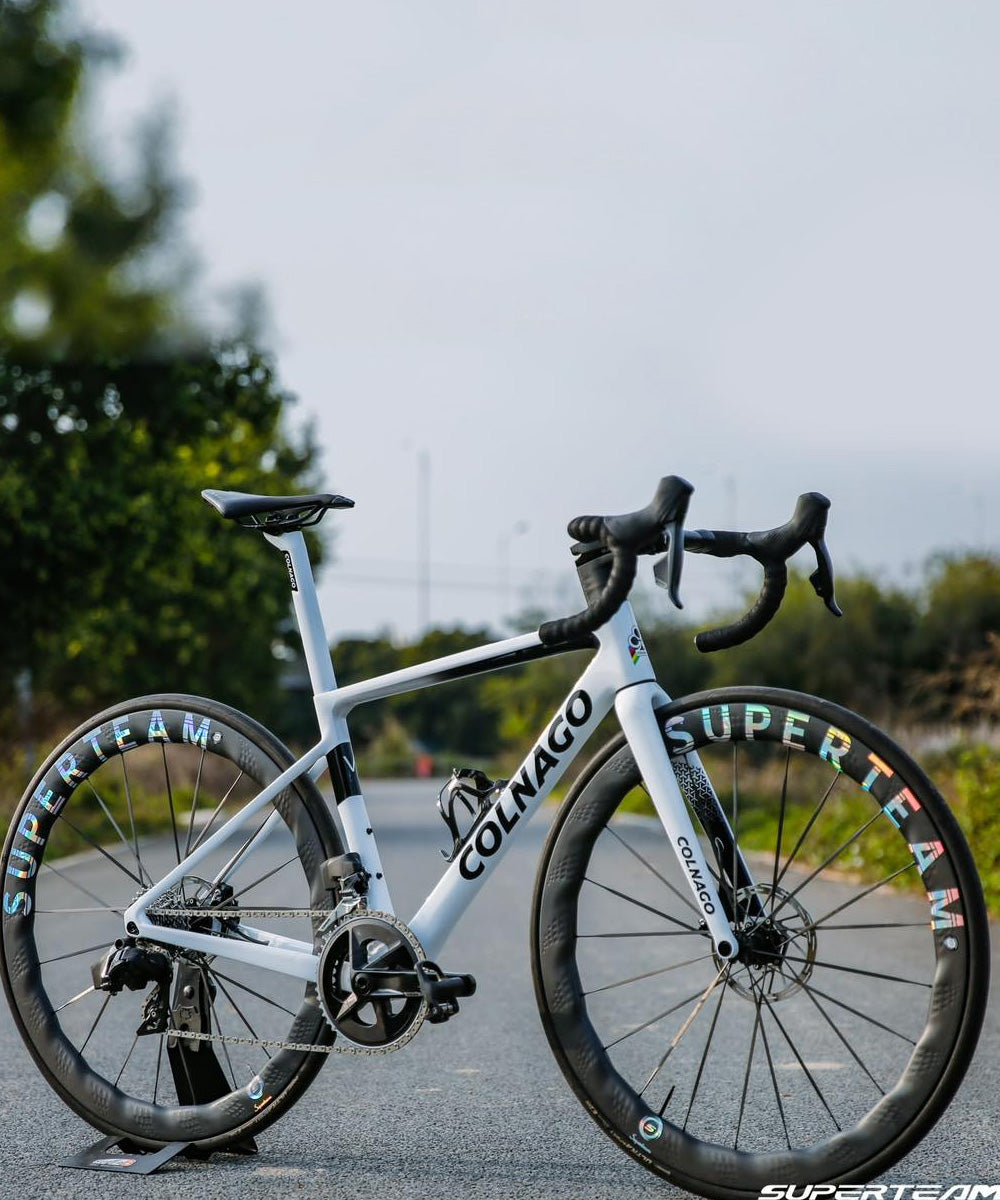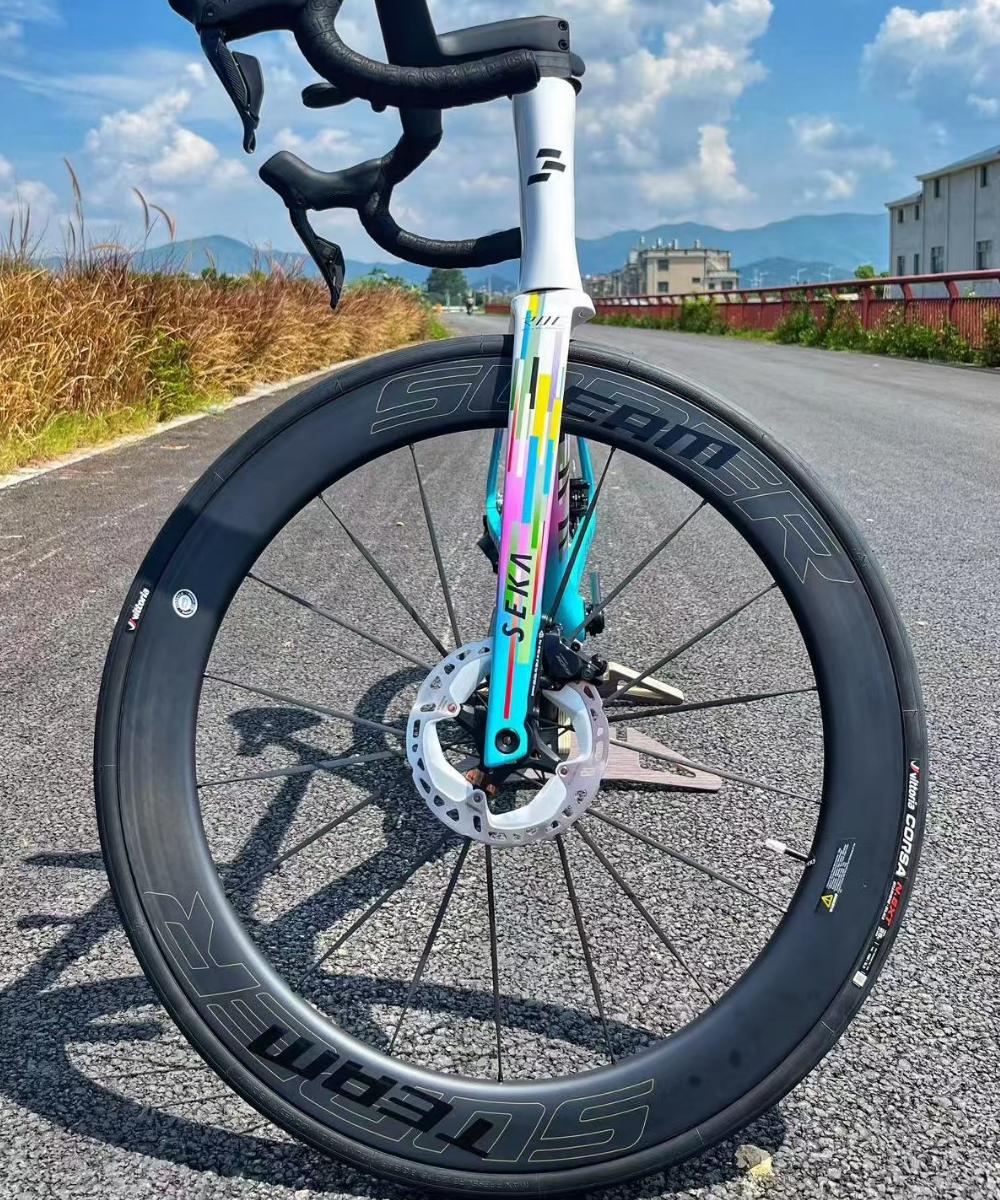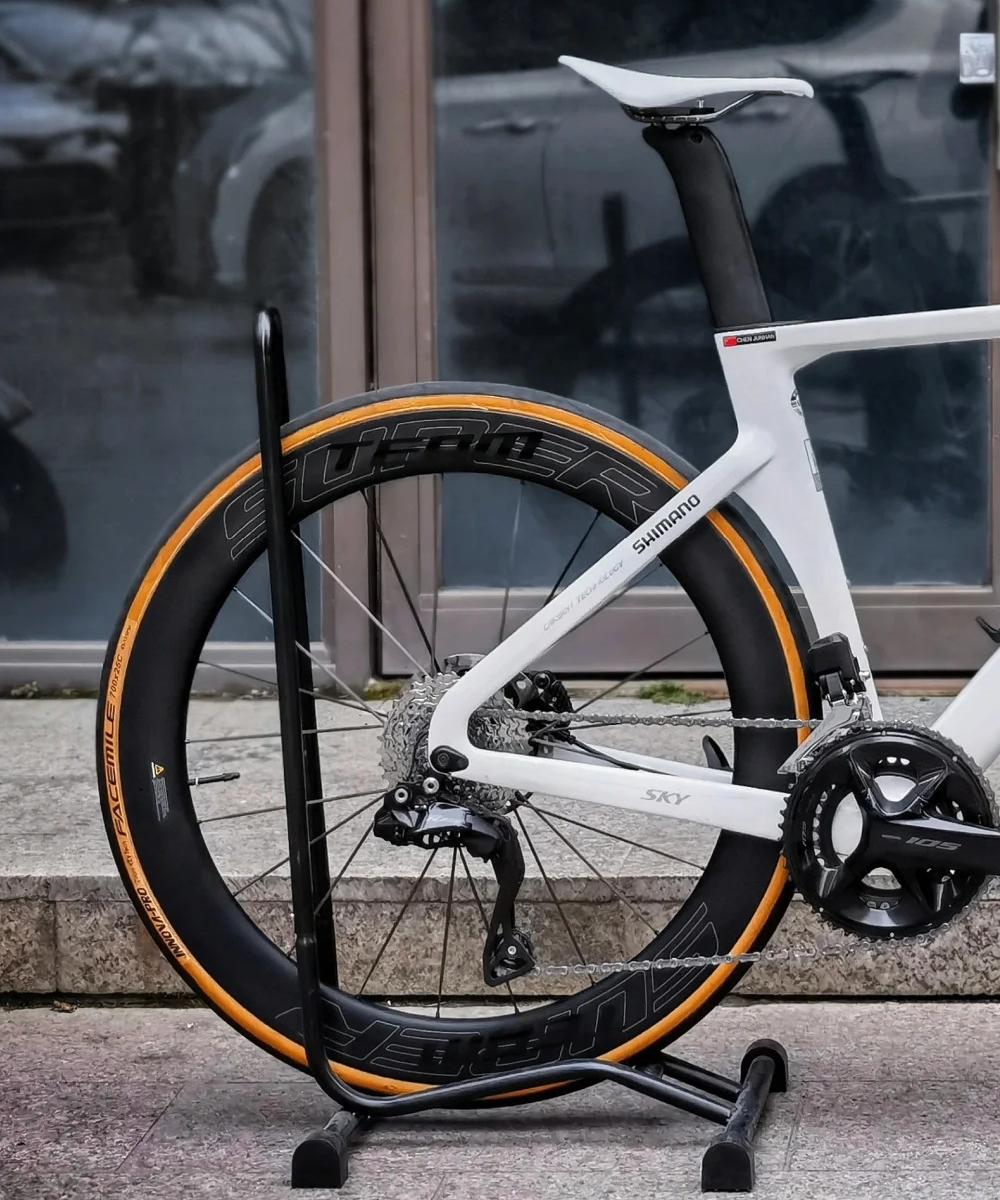How to Properly Store Carbon Wheels During Off-Season Travel
Whether you're taking a break from racing, escaping winter weather, or simply not riding for a while, knowing how to properly store your carbon wheels is essential for maintaining their performance and longevity. Unlike alloy wheels, carbon rims are sensitive to environmental conditions, pressure loads, and how they’re handled in storage.
Here’s a practical, step-by-step guide to help you safely store your carbon wheels during off-season travel or extended downtime.
1. Clean Thoroughly Before Storage
Before putting your wheels away, clean them carefully to remove:
Road grime
Salt or mud
Brake pad residue (especially on rim brake tracks)
Tubeless sealant leaks (if applicable)
Use a soft cloth and mild soap—never harsh chemicals or abrasive brushes, as these can damage carbon resin and the finish. Dry the wheels completely to avoid trapping moisture that could lead to corrosion of metal parts (like nipples or hub internals).
2. Check for Damage
Inspect your wheels for:
Hairline cracks or delamination (especially near spoke holes and brake tracks)
Warped rim sections
Loose or broken spokes
Hub play or noise
It's best to address any issues before storing the wheelset, as small problems can become bigger ones over time.
3. Release Tire Pressure
If you’re storing your wheels with tires mounted:
Reduce air pressure to 30–40 PSI for road tires or 15–20 PSI for gravel tires.
This prevents long-term compression damage to the carbon rim or sidewall deformation on the tire.
For hookless rims, it’s especially important to reduce pressure to avoid stressing the bead hook area.
If possible, remove the tires and store wheels bare—this removes all tension from the rim bead seat and helps extend rim and tire life.
4. Use Wheel Bags or Covers
Protect your wheels from dust, UV exposure, and scratches:
Use padded wheel bags for extra protection, especially during travel or moves.
Avoid leaving wheels uncovered in a garage or attic where they might be exposed to direct sunlight or extreme humidity.
If bags aren’t available, wrap the wheels in soft towels or foam and store them upright.
5. Store in a Stable, Climate-Controlled Environment
Avoid:
Direct sunlight
Extreme cold or heat (e.g. car trunks or attics)
Humid or wet environments
Ideal storage conditions:
Indoor room temperature (~18–25°C / 64–77°F)
Dry space with good ventilation
Never hang carbon wheels from the spokes. Instead, store them vertically on their rims, or lay them flat with even support, preferably with spacers between if stacking.
6. Avoid Long-Term Compression from Quick-Release or Thru-Axles
If you leave the wheels in a frame or on a trainer:
Loosen the quick release or thru-axle slightly to prevent constant compression on hub bearings and dropouts.
Consider removing the wheels entirely if storage space allows.
7. Protect Rotors and Brake Tracks
If your wheels have disc rotors:
Place rotor protectors or cardboard spacers between the rotors and anything else they touch.
For rim brake wheels, avoid stacking or leaning them where brake tracks might get scratched.
Final Thoughts
Carbon wheels are a significant investment—and with proper off-season storage, you can keep them in peak condition for years to come. The key is simple: clean, inspect, reduce pressure, protect, and store smart.
When you’re ready to ride again, your wheels will be too—responsive, true, and ready to roll.
You may also like:
“How to Detect Cracks or Delamination in Carbon Wheels”
“How to Travel with Your Carbon Wheelset: Packing and Protection Tips”
“Tubeless Rim Beds: What Makes a Secure Fit?




